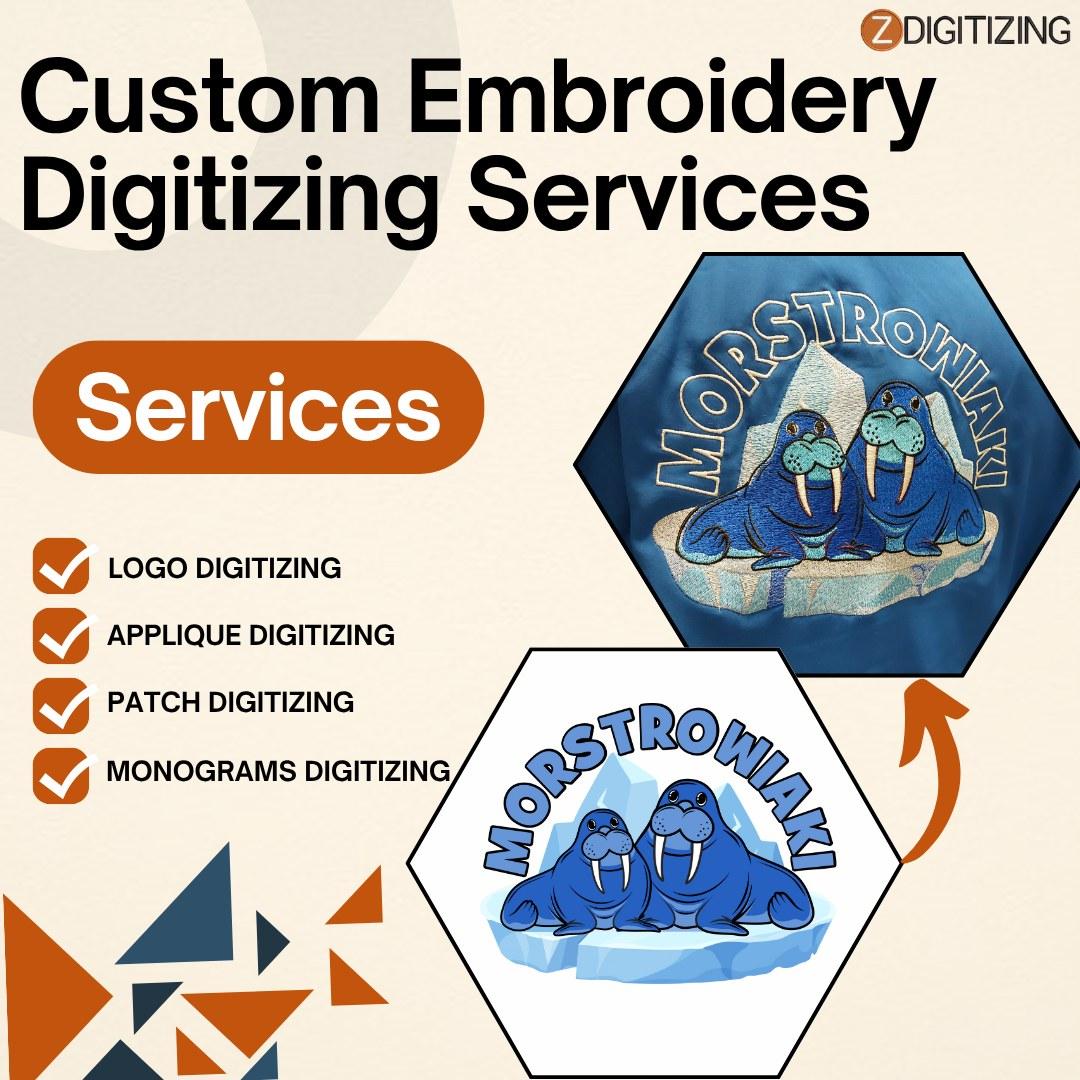Digitizing Embroidery: Bridging Craftsmanship and Technology

Embroidery has long been celebrated as a timeless art form, rooted in history and tradition. From delicate hand-stitched heirlooms to intricate commercial designs, embroidery speaks to culture, creativity, and craftsmanship. But like many crafts, embroidery has entered the digital age, and digitizing embroidery is revolutionizing how designs are created, reproduced, and shared.
What Is Embroidery Digitizing?
Embroidery digitizing is the process of converting artwork, whether it’s a logo, text, or hand-drawn design, into a digital file that an embroidery machine can read. This digital file tells the machine exactly how to stitch the design, including where each stitch goes, the stitch type, direction, density, and sequence.
Rather than replacing traditional skills, digitizing adds precision, scalability, and efficiency to the embroidery process, especially for commercial or mass production purposes.
Why Digitizing Embroidery Matters
Whether you're an artist, fashion designer, small business owner, or hobbyist, digitizing offers major advantages:
- Speed & Efficiency: Designs that once took hours to stitch manually can now be produced in minutes with consistent quality.
- Scalability: You can replicate the same design on hundreds or thousands of items, all with uniform accuracy.
- Customization: Easily adapt a single design for different garments, sizes, or color schemes.
- Cost-Effective: Save on labor and reduce material waste with optimized stitch paths and settings.
- Access to Creativity: Turn digital art or hand-drawn sketches into stitchable masterpieces.
The Digitizing Process: Step-by-Step
Here’s how embroidery digitizing typically works:
Artwork Preparation
· Clean, high-resolution images (JPEG, PNG, AI, or EPS) are preferred.
· Simplify complex details, as embroidery has physical limitations (like thread thickness).
Choosing the Right Software
· Software features allow for adding stitch types, assigning colors, adjusting density, and testing the design.
Manual Digitizing
· Contrary to common belief, most digitizing is not fully automatic.
· Skilled digitizers manually plot stitches to ensure precision and quality.
· Elements like underlay stitches, pull compensation, and thread trims are carefully considered.
Testing & Sampling
· Once digitized, the design is tested on the actual fabric to ensure proper registration, alignment, and overall quality.
· Adjustments are often made based on the test results.
Final Output
· The final file is exported in a machine-readable format (e.g., .DST, .PES, .EXP).
· The design is now ready for embroidery machines.
Tips for Successful Embroidery Digitizing
- Know Your Fabric: Different materials react differently to stitching. Test on similar fabric to avoid distortion or puckering.
- Simplify When Needed: Highly detailed or photorealistic images may not translate well. Simplified graphics often produce better embroidery results.
- Use High-Quality Threads & Stabilizers: Even the best digitized files won’t perform well without the right materials.
- Hire a Pro for Complex Jobs: If you're unsure, working with a professional digitizer can save time and avoid frustration.
Conclusion
Digitizing embroidery is more than just a technical process; it’s an art form in itself. It blends creativity with technology, allowing traditional embroidery to thrive in the modern age. Whether you're launching a clothing line, adding logos to uniforms, or creating custom gifts, digitizing opens up a world of possibilities.
- Art
- Causes
- Crafts
- Dance
- Drinks
- Film
- Fitness
- Food
- Games
- Gardening
- Health
- Home
- Literature
- Music
- Networking
- Other
- Party
- Religion
- Shopping
- Sports
- Theater
- Wellness


